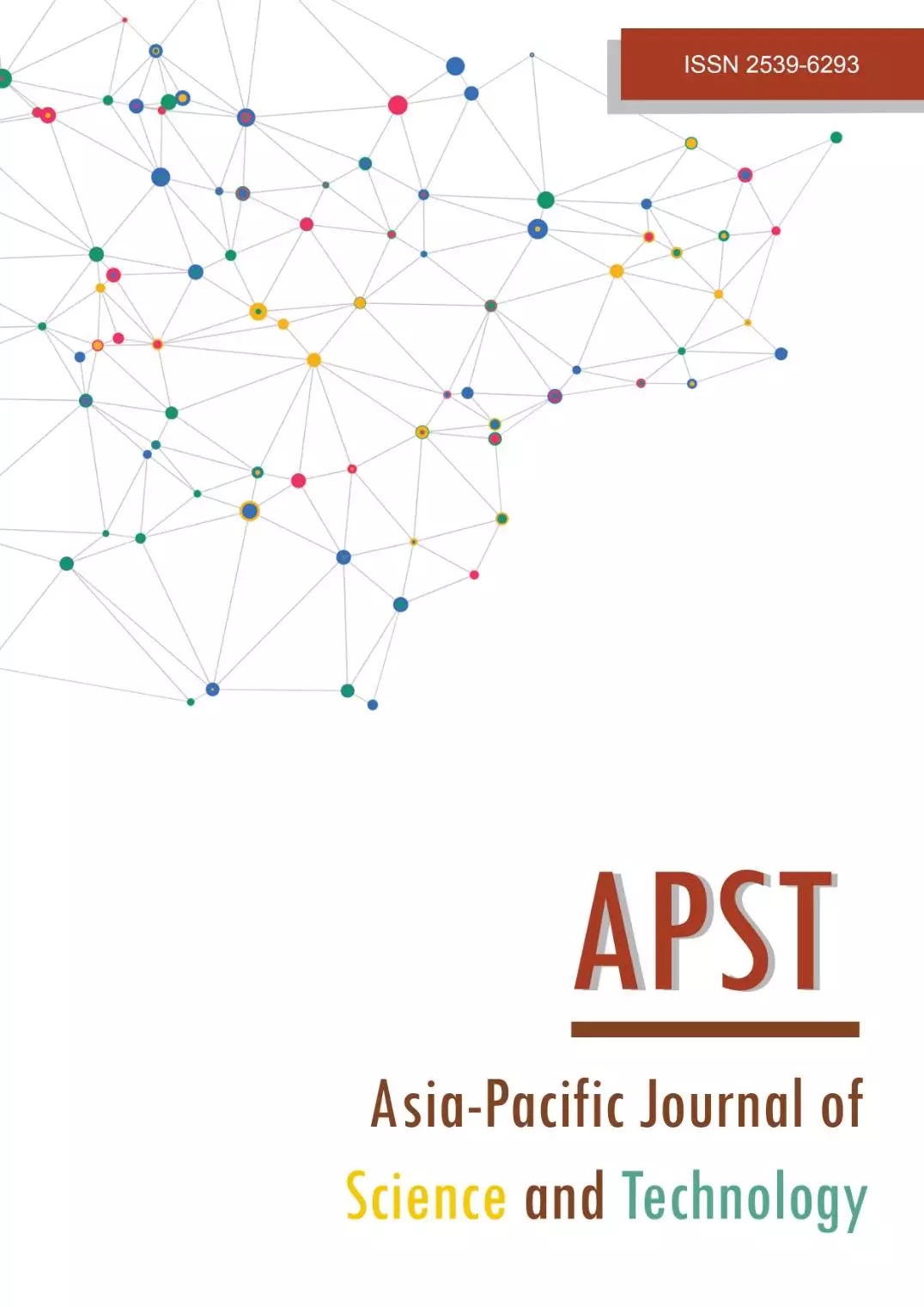Solving an aggregate production planning problem by using interactive fuzzy linear programming
Main Article Content
Abstract
This study utilizes an interactive Fuzzy Linear Programming (FLP) model for solving the Aggregate Production Planning (APP) problem in an uncertain environment. The uncertain conditions include uncertainties of customer demand, operation time, operation cost, and machine capacity. The proposed model tries to minimize the total costs of the APP plan. Through the concept of obtaining an optimal solution in different levels of the feasible degree (α), decision-makers can interact with the given goal until achieving an efficient compromised solution that presents the overall satisfaction level of Decision-Makers (DMs) based on the given goal values. The outcome of this approach provides more flexibility for DMs to achieve a satisfactory solution. Finally, the proposed approach is compared with other traditional approaches and the results are analyzed.
Article Details
References
Techawiboonwong A, Yenradee P. Aggregate production planning with workforce transferring plan for multiple product types. Prod Plan Control. 2003;14(5):447-458.
Iris C, Cevikcan E. A fuzzy linear programming approach for aggregate production planning. Stud Fuzziness Soft Comput. 2014;313:355-374.
Zadeh LA. Fuzzy sets as a basis for a theory of possibility. Fuzzy Set Syst. 1978;1(1):3-28.
Zimmermann HJ. Description and optimization of fuzzy systems. Int J Gen Syst. 1976;2(1):209-215.
Bellman RE, Zadeh LA. Decision-making in a fuzzy environment. Manage Sci. 1970;17(4):141-164.
Tang J, Wang D, Fung RYK. Formulation of general possibilistic linear programming problems for complex systems. Fuzzy Sets Syst. 2001;119(1):41-48.
Hsu HM, Wang WP. Possibilistic programming in production planning of assemble-to-order environments. Fuzzy Sets Syst. 2001;119(1):59-70.
Lai YJ, Hwang CL. A new approach to some possibilistic linear programming problems. Fuzzy Set Syst. 1992;49(2):121-133.
Wang RC, Liang TF. Applying possibilistic linear programming to aggregate production planning. Int J Prod Econ. 2005;98(3):328-341.
Liang TH. Application of interactive possibilistic linear programming to aggregate production planning with multiple imprecise objectives. Prod Plan Control. 2007;18(7):548-560.
Sutthibutr N, Chiadamrong N. Integrating a weighted additive multiple objective linear model with possibilistic linear programming for fuzzy aggregate production planning problems. Int J Fuzzy Syst Appl. 2020;9(2):1-20.
Wang RC, Fang HH. Aggregate production planning with multiple objectives in a fuzzy environment. Eur J Oper Res. 2001;133(3):521-536.
Madadi N, Wong KY. A multi-objective fuzzy aggregate production planning model considering real capacity and quality of products. Math Probl Eng. 2014;2014:1-15.
Chen SP, Huang WL. A membership function approach for aggregate production planning problems in fuzzy environments. Int J Prod Res. 2010;48(23):7003-7023.
Ertuğrul İ, Tuş A. Interactive fuzzy linear programming and an application sample at a textile firm. Fuzzy Optim Decis Ma. 2007;6(1):29-49.
Lai YJ, Hwang CL. Fuzzy mathematical programming, fuzzy mathematical programming: methods and applications. 1st ed. Berlin: Springer-Verlag;1992.
Jimenez M, Arenas M, Bilbao A, Rodrıguez MV. Linear programming with fuzzy parameters: an interactive method resolution. Eur J Oper Res. 2007;177(3):1599-1609.
Arenas M, Bilbao A, Pérez B, Rodrı́guez MV. Solving a multi-objective possibilistic problem through compromise programming. Eur J Oper Res. 2005;164(3):748-759.
Heilpern S. The expected value of a fuzzy number. Fuzzy Sets Syst. 1992;47(1):81-86.
Jimenez M. Ranking fuzzy numbers through the comparison of its expected intervals. Int J Uncertain Fuzz. 1996;4(4):379-388.
Darvishi F, Ghasemy YR, Sadeghi A. Integrated fabric procurement and multi-site apparel production planning with cross-docking: a hybrid fuzzy-robust stochastic programming approach. Appl Soft Comput. 2020;92:106267.
Ghasemy YR, Sarlak P, Ghareaghaji AA. Robust master planning of a socially responsible supply chain under fuzzy-stochastic uncertainty (A case study of clothing industry). Eng Appl Artif Intell. 2020;94:103715.
Zimmermann HJ. Fuzzy programming and linear programming with several objective functions. Fuzzy Sets Syst. 1978;1(1):45-55.
Jindal A, Sangwan KS. Closed loop supply chain network design and optimization using fuzzy mixed integer linear programming model. Int J Prod Res. 2014;52(14):4156-4173.


